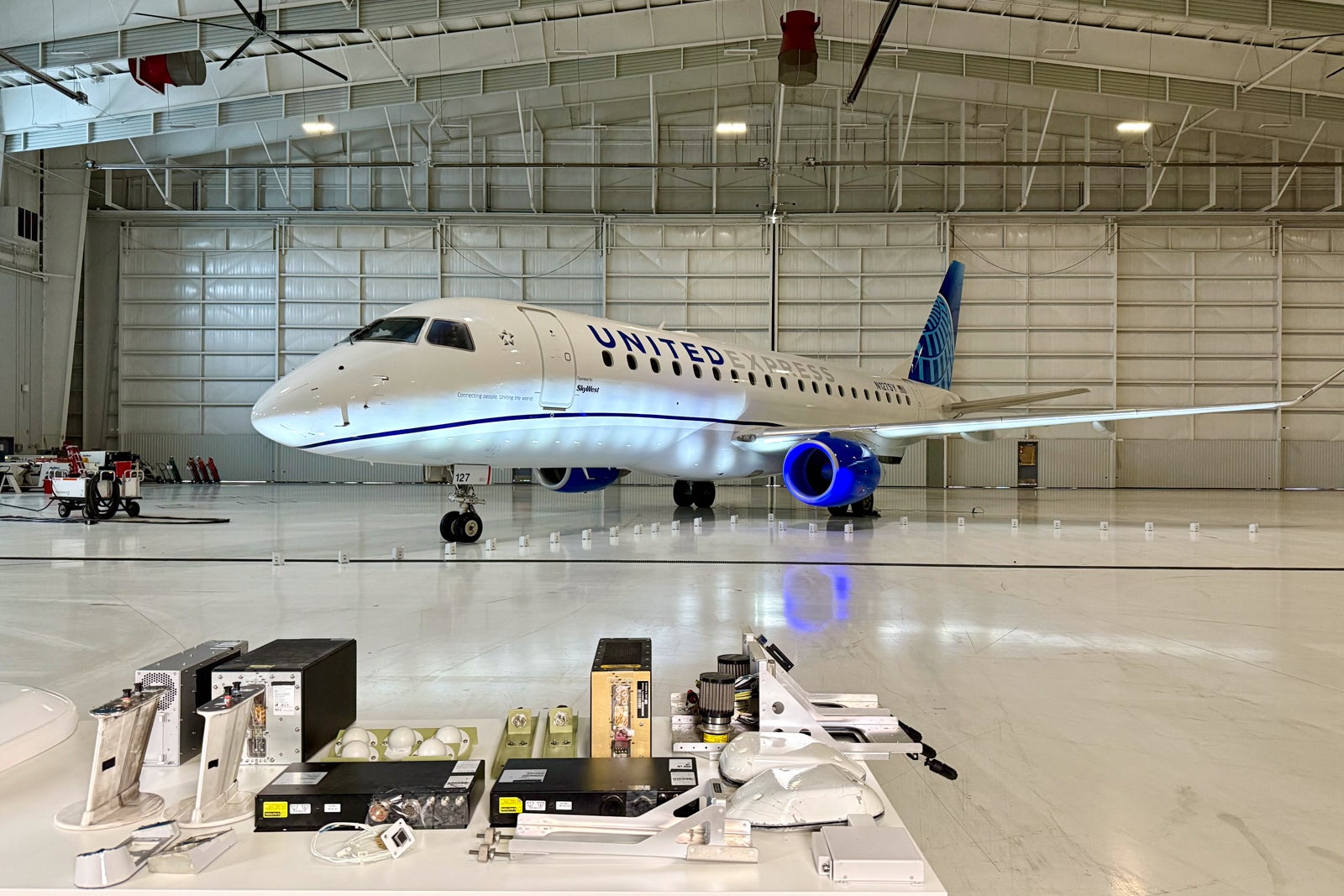United Airlines has temporarily shut down its Starlink satellite internet service on a number of its regional jets following the discovery of technical issues believed to be related to static interference. The airline’s decision comes just weeks after it began a major rollout of the high-speed Wi-Fi system, which was intended to modernize connectivity across its regional fleet and significantly improve the passenger experience.
The disruption affects roughly two dozen aircraft in United’s regional network, primarily smaller jets operated on short-haul domestic routes. While the airline emphasized that the issue does not compromise flight safety, it is taking a cautious approach by disabling the service until a full investigation and resolution are completed. Engineers from both United Airlines and Starlink manufacturer SpaceX are reportedly collaborating to identify the root cause and implement a fix.
According to internal sources, the issue involves an unexpected form of electromagnetic interference, or static noise, that was detected during flight operations. Although it has not interfered with critical avionics or navigation systems, the interference was persistent enough to warrant concern. As a precautionary measure, United opted to take the service offline on affected aircraft and delay additional installations.
“This is a responsible step in ensuring both the reliability of our onboard services and the long-term success of the Starlink rollout,” said a person familiar with the matter. “While the problem is not severe, it’s something we want to understand and resolve fully before we scale up.”
United had previously announced plans to outfit more than 300 regional aircraft with Starlink by the end of 2025. The satellite-based system offers internet speeds of up to 250 megabits per second—several times faster than traditional in-flight connectivity systems used by most airlines. The system was expected to be a major selling point for United, especially among business travelers and frequent flyers.
The installations, which take roughly four days per aircraft, had begun in early May and were progressing at a rate of more than 40 jets per month. The affected aircraft are primarily from the United Express network, which includes regional jets operated by partner carriers under the United brand.
Though the Starlink Wi-Fi has been disabled, United says customers will still have access to onboard entertainment options, including movies, TV shows, and music available via local servers. Additionally, flights are expected to proceed without schedule disruptions, as the issue is confined to internet connectivity and not flight-critical systems.
The temporary shutdown does not affect United’s mainline fleet, which uses different internet systems on larger aircraft. Starlink service on those planes, where installed, remains active and operational.
The incident highlights the technical complexity of introducing next-generation satellite technology into the aviation environment, particularly on smaller aircraft that may present different engineering and operational constraints than larger jets. Regional jets typically fly at lower altitudes and more variable routes, which could influence satellite connectivity performance.
Still, United remains committed to its partnership with SpaceX and confident in Starlink’s long-term potential. Internally, the airline views this disruption as a temporary and manageable hurdle. According to a United spokesperson, the goal is to address the issue during regular maintenance cycles without creating significant delays in the broader rollout.

Industry analysts note that this kind of disruption is not unusual when introducing new technologies on a large scale, especially in the high-regulation environment of commercial aviation. “It’s a speed bump, not a derailment,” said one analyst. “The upside of high-speed satellite internet is enormous—airlines just need to work through the early integration issues.”
United has not yet provided a specific timeline for reactivation of the Starlink Wi-Fi service on the grounded regional units but indicated that updates will be shared once technical teams complete their assessment. In the meantime, passengers are being assured that the airline continues to prioritize both connectivity and safety, and that a return to enhanced in-flight Wi-Fi remains a key part of United’s strategy moving forward.













